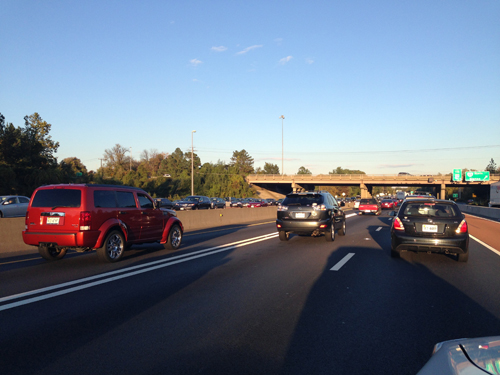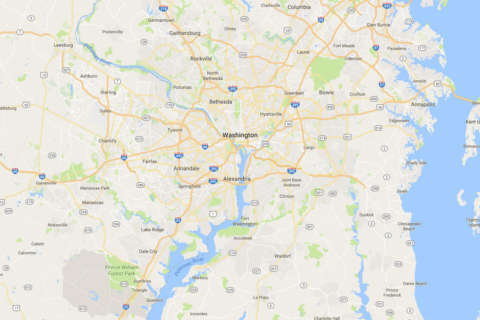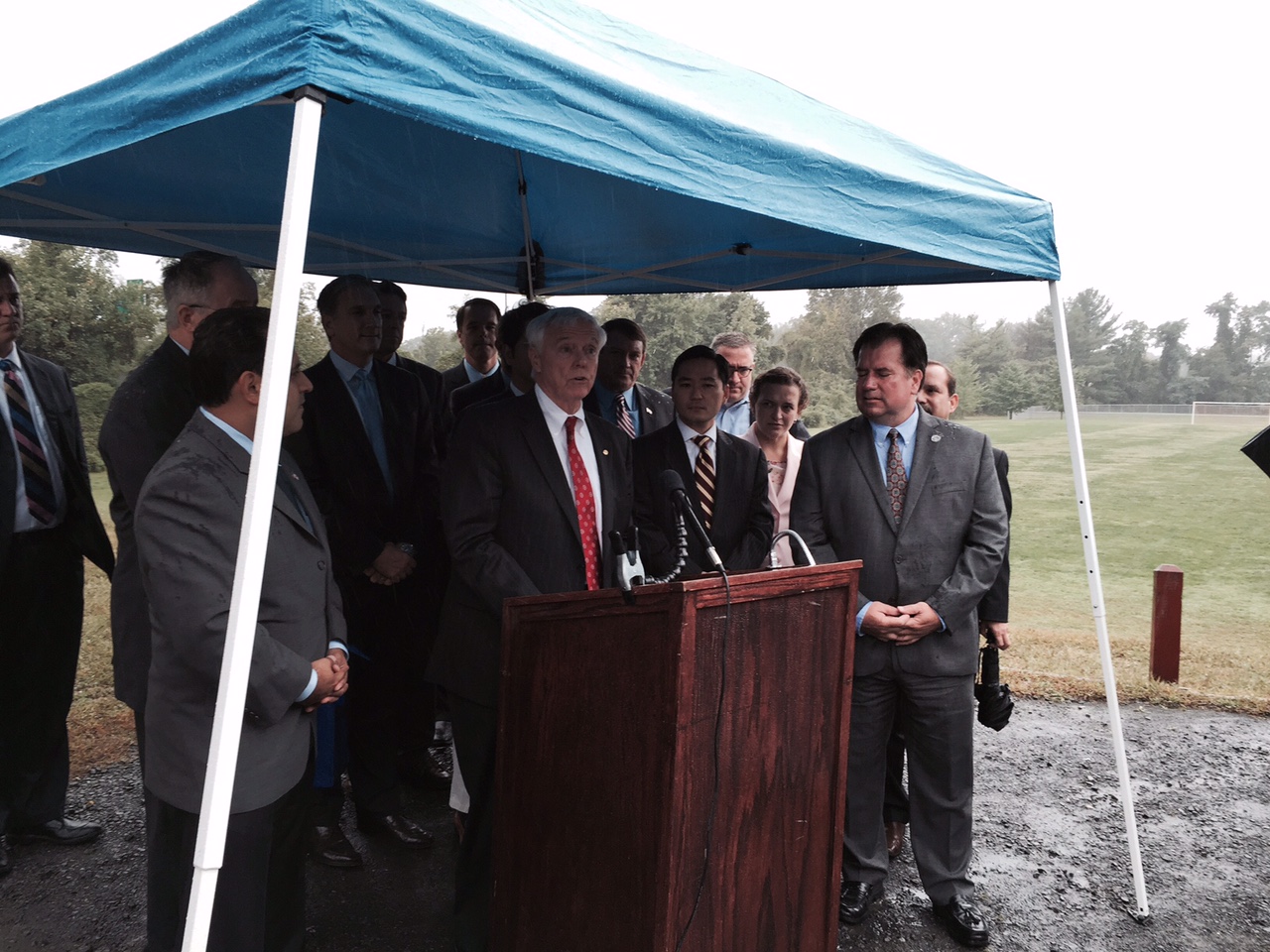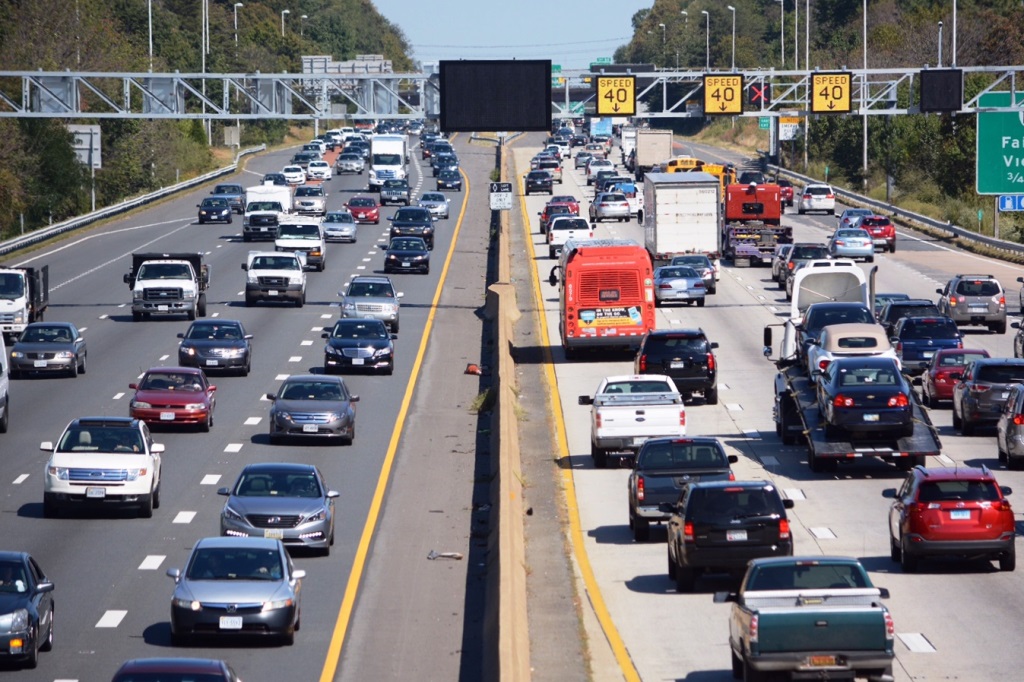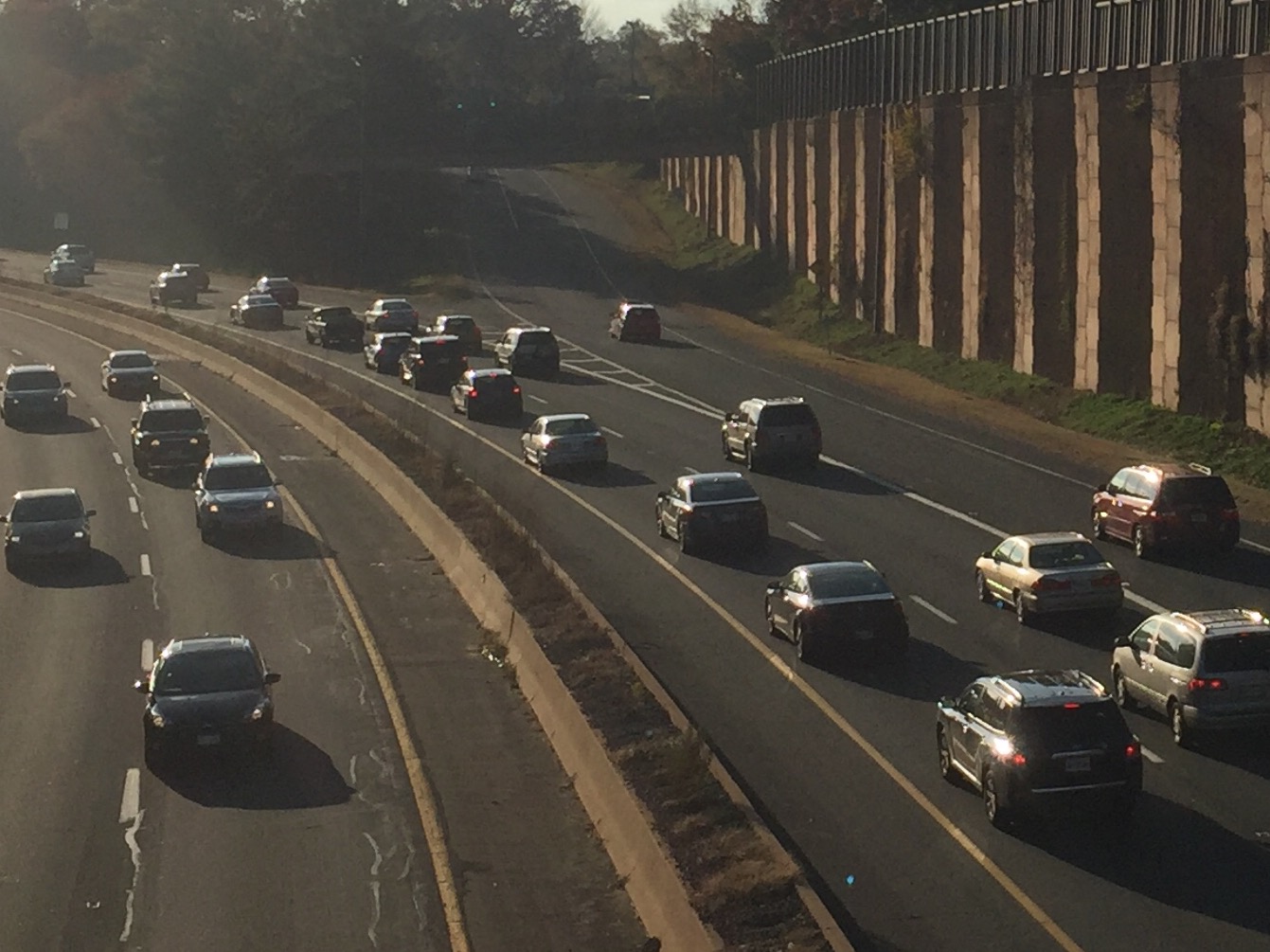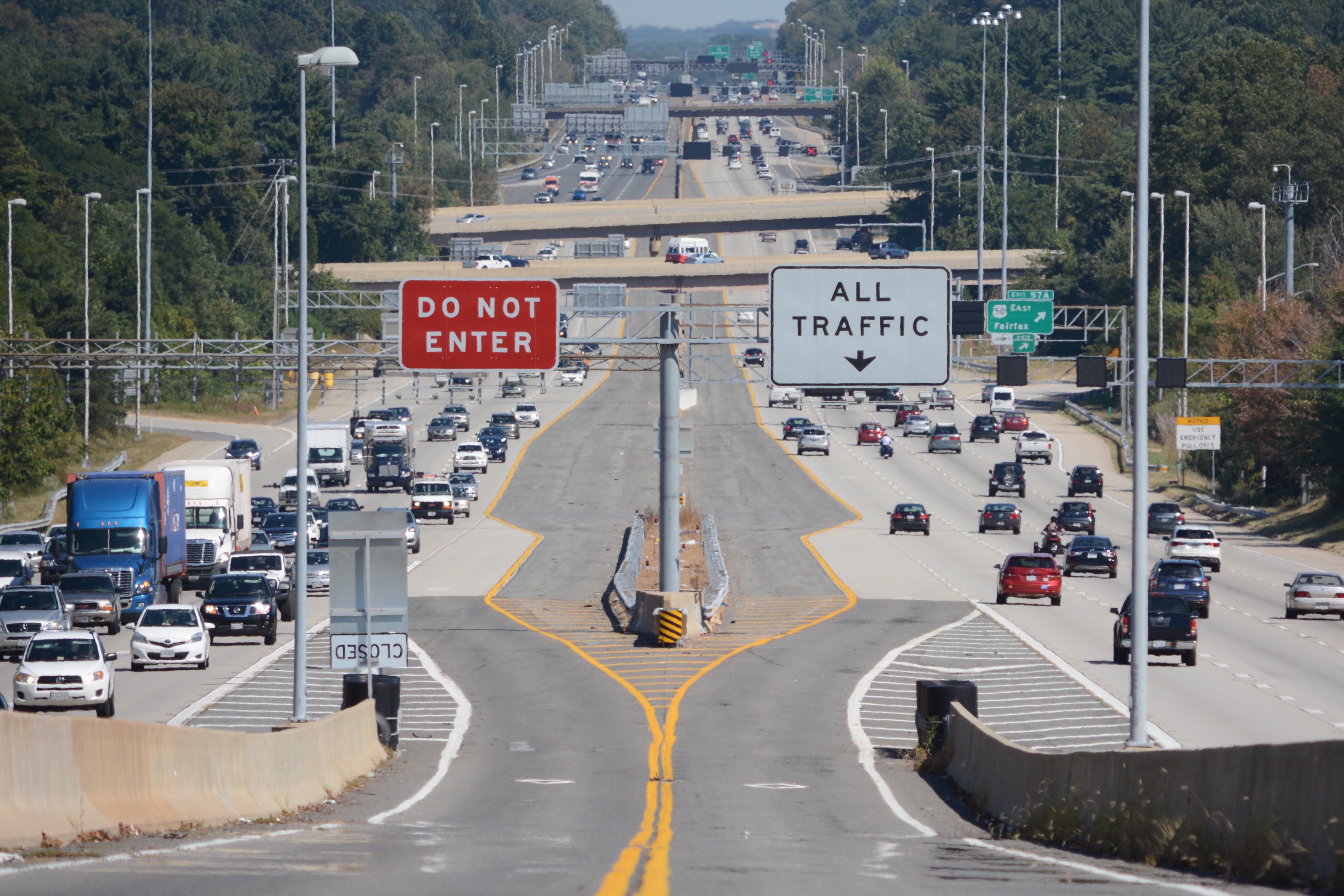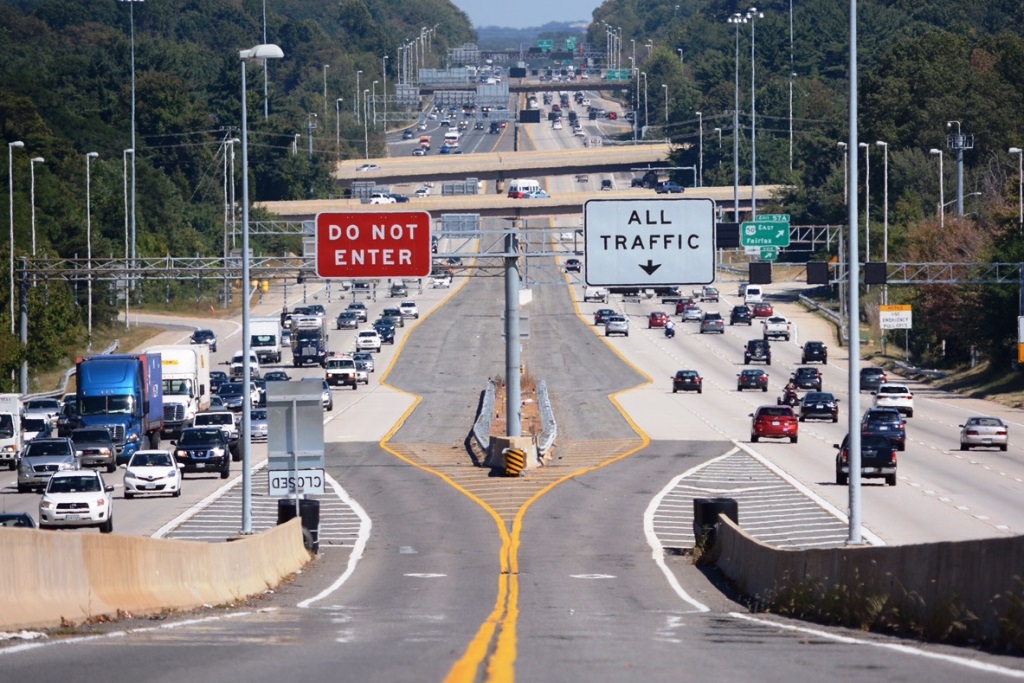WASHINGTON — Virginia lawmakers have agreed to widen a 4-mile stretch of Interstate 66 between the Dulles Connector Road and Ballston as part of a deal that includes tolls to improve the flow of traffic on the major commuter highway.
A budget amendment would provide the $140 million needed for the widening project, Virginia Gov. Terry McAuliffe said Wednesday. The deal will also allow dynamic tolls for solo drivers who travel the interstate east of the Capital Beltway during an extended rush hour.
As part of the agreement, lawmakers have agreed to drop a bill that would have blocked any tolls from being imposed on I-66.
McAuliffe called it a historic agreement with the Republican-led General Assembly. He described the deal as bipartisan and pragmatic and said it was reached after intense negotiations.
The announcement comes less than two weeks after McAuliffe reached a major compromise with Republican leaders on the state’s gun policies, salvages one of his top policy priorities and ends months of political jockeying over the toll proposal.
“It’s a huge victory for our constituents,” said Sen. Chap Petersen, D-Fairfax City, who was among the lawmakers standing with McAuliffe as he made the announcement in Richmond. Petersen was one of several Northern Virginia Democrats who urged McAuliffe to consider the 4-mile widening project.
But not all are convinced. Manassas Del. Bob Marshall stood in the back of the room carrying a red sign that read “Stop $17 tolls.” Such signs dotted the landscape during last fall’s election.
Republican lawmakers in Northern Virginia balked at the McAuliffe administration’s initial proposal to toll solo drivers who travel inside the Capital Beltway during the rush hour because it would have tolled an existing road that taxpayers had already paid for without adding any additional capacity.
Currently, only high occupancy vehicles can use the road inbound in the morning and outbound in the afternoon. McAuliffe had argued that allowing single drivers access to those lanes, instead of forcing them onto the Beltway, also added capacity. He urged lawmakers to come to him with a better plan if they didn’t like his toll proposal.
Lawmakers had pledged to halt the I-66 tolls and a slew of related, sometimes contradictory, bills have been working their way through the House and Senate. Residents also have balked at the prospect of paying $9 in the morning and $8 for their return trip to travel inside the Beltway.
McAuliffe had said that if the tolls on solo drivers and HOV changes don’t reduce congestion that the state would consider widening the narrow interstate. The stance was largely to appease Arlington County, which has blocked major interstate improvement plans in the past. Officials there prefer mass transit and options that limit the number of cars on the road.
In a statement, Arlington Board Chair Libby Garvey said she is disappointed with the decision to immediately widen the highway. Still, the board is pleased that the widening will happen within the existing right of way and that local officials will able to decide how to spend the toll revenue.
The newly announced deal would accelerate that widening by as much as five years and would ease a major choke point where the Dulles Connector Road meets the interstate.
Transportation Secretary Aubrey Layne said that tolling single drivers will still begin in 2017 and construction on the extra eastbound lane should wrap up by 2020.
Fairfax County, unlike Arlington and Loudoun counties, backed the toll plan and Board Chair Sharon Bulova thanked McAuliffe for advancing the project, saying it will reduce congestion.
McAuliffe has said repeatedly that something must be done to break the gridlock along the interstate so that workers can get home to see their families and to ensure that Northern Virginia is seen as a viable location for businesses.
His administration also plans to add tolled express lanes west of the Beltway to ease the flow of traffic out to Gainesville. That plan includes adding lanes, increasing park-and-ride options and expanding commuter bus service.
Details of the toll deal:
- Dynamic tolling will be based on volume and usage. The average toll per trip is expected to be $6.
- Extended rush hour restrictions in place from 5:30 to 9:30 a.m. inbound and from 3 to 7 p.m. outbound, matching existing HOV restrictions outside the Beltway. (Today HOV restrictions are in force from 6:30 to 9 a.m. and from 4 to 6:30 p.m. inside the Beltway)
- Reverse commuters will not be tolled.
- HOV requirements tighten to three occupants in 2020 in order to travel the lanes for free.
- Lanes will be free during off-peak hours.
- All revenue will go to transportation improvements in the corridor like transit services and carpooling incentives. In 2018, the tolls are expected to generate $18 million in revenue.
- Toll revenues will also contribute to the $140 million cost of widening the interstate between the Dulles Connector Road and Ballston.
- Once completed, the changes could move an additional 40,000 people through the corridor daily. Average travel speeds should be about 45 mph in peak travel directions.
WTOP’s Max Smith contributed to this report from Richmond, Virginia.

